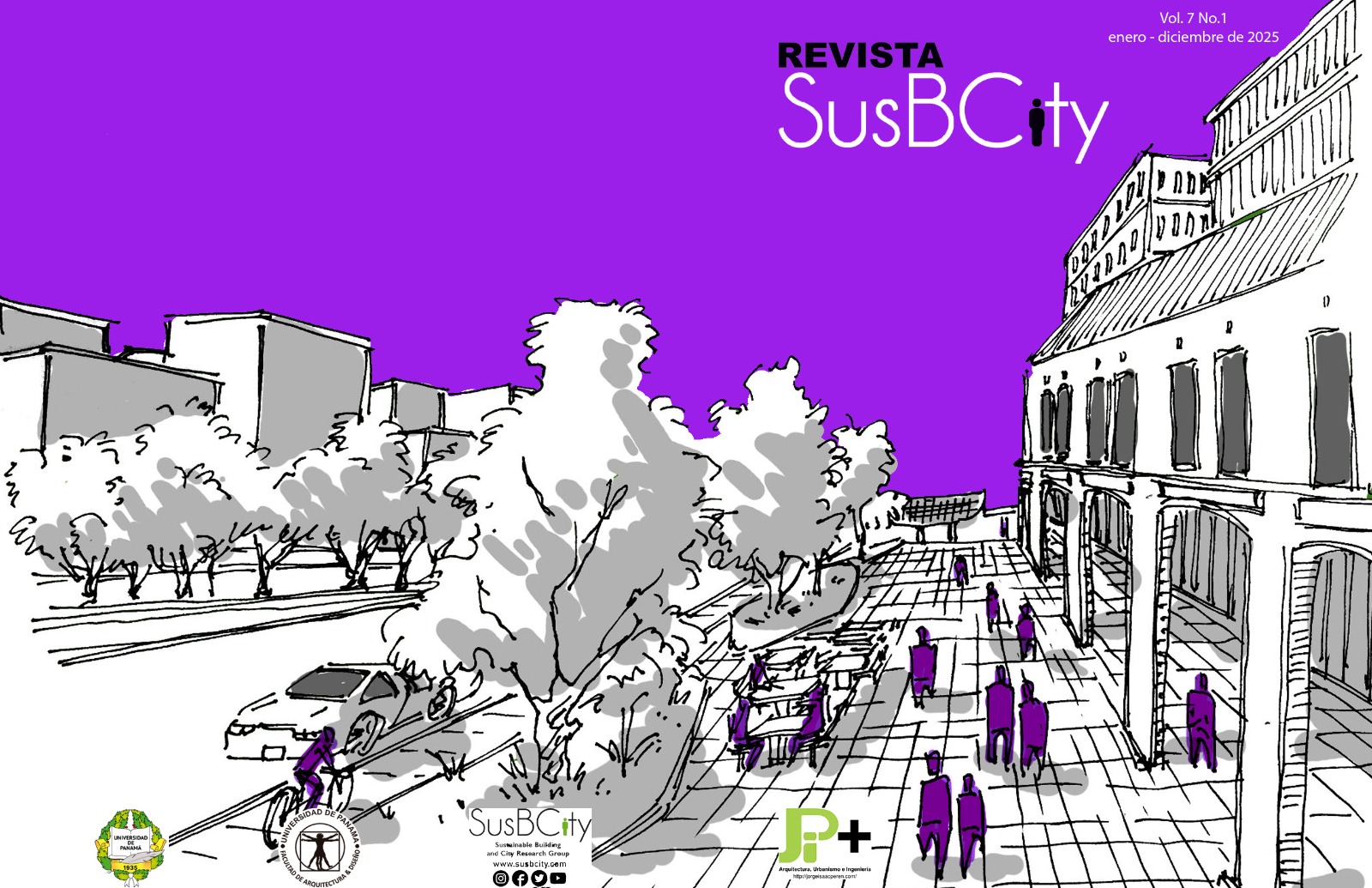

The present paper establishes the embodied energy of water, the amount of energy needed for the extraction, purification and distribution, adding the pumping and treatment of wastewater, which complements the water supply. It analyses the case of the drinking water supply in the Autonomous City of Buenos Aires and its Metropolitan Region. The conventional energy demand allows the calculation of the corresponding greenhouse gas emissions. The paper also estimates the inverse relationship, the water needed to generate electricity based on the volume passing through the hydroelectric turbines and the water lost in evaporation from the reservoirs. Next, the study compares the embodied energy of water supplied to a typical dwelling in the study region with the conventional energy used in the same dwelling. Finally, the typical water demand of the housing sector in the study region is compared with the rainwater resource to evaluate possible reductions of environmental impacts. The study shows that the embodied energy of water corresponds to 8 % of typical residential electrical energy demand, and 2 % of the total energy demand of this sector; a proportion that will increase when implementing energy efficiency measures. The final discussion shows that growing climatic variability and increasing demand will tend to reduce water availability in some zones and intensify the embodied energy of water.